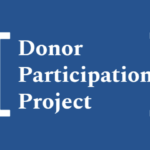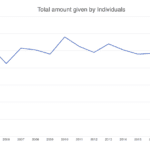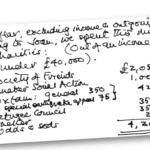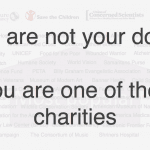Micro-volunteering
This morning I volunteered for the the Smithsonian Institution.
Based in Washington DC, it's a fantastic group of museums that you should try and visit if you are in that part of America (I particularly recommend the air and space museum).
I helped them out by assisting in cataloguing some of their image library. It wasn't difficult. I simply added search tags so people can easily find the pictures they need.
What's interesting about my public spirited actions was that I did this whilst traveling to work on the DLR (between Mudchute and Shadwell – though things did slow down a little at Canary Wharf).
I was able to do this because I have an IPhone and an app called The Extraordinaries.
It's based on the concept of crowdsourcing (used by organisations like iStockPhoto and Wikipedia) where an open call to help brings in huge numbers of people to complete time-consuming tasks very quickly.
A recent example of successful crowdsourcing was The Guardian's invitation to help trawl MPs expense claims to find the important items hidden amongst the thousands of mundane ones. As a result, over 170,000 documents were reviewed in the first 88 hours.
Another lucrative one was run by the Canadian mining company, Goldcorp. By posting geological data on their website and offering a $575,000 prize to those people who analysed the information and identified where gold could be found, they discovered $3 billion worth of the stuff.
The Extraordinaries takes this concept to the mobile phone. As you'll see in their short film, through giving a little time, you could help map craters on the moon, teach people english and record urban animal sightings.
What it needs to make it work are great ideas. Here are a few that came to me on the way to work that could all be achieved by crowdsourcing techniques either on a phone or on the web…
- A charity working with homeless people could use it to collect data on where people are sleeping rough.
- A development charity could use it to collect and catalogue news articles from around the world.
- Any charity could use it to tag their photo-library.
- An environmental charity could use it to catalogue deforestation in The Amazon rain forest by releasing satellite images.
- It could also be used to record incidents of polution.
- Any charity could use it for data-analysis.
- The RSPB could use it as part of their Big Garden Birdwatch.
I think you probably get the idea by now. Now its your turn. Could it work for you?









